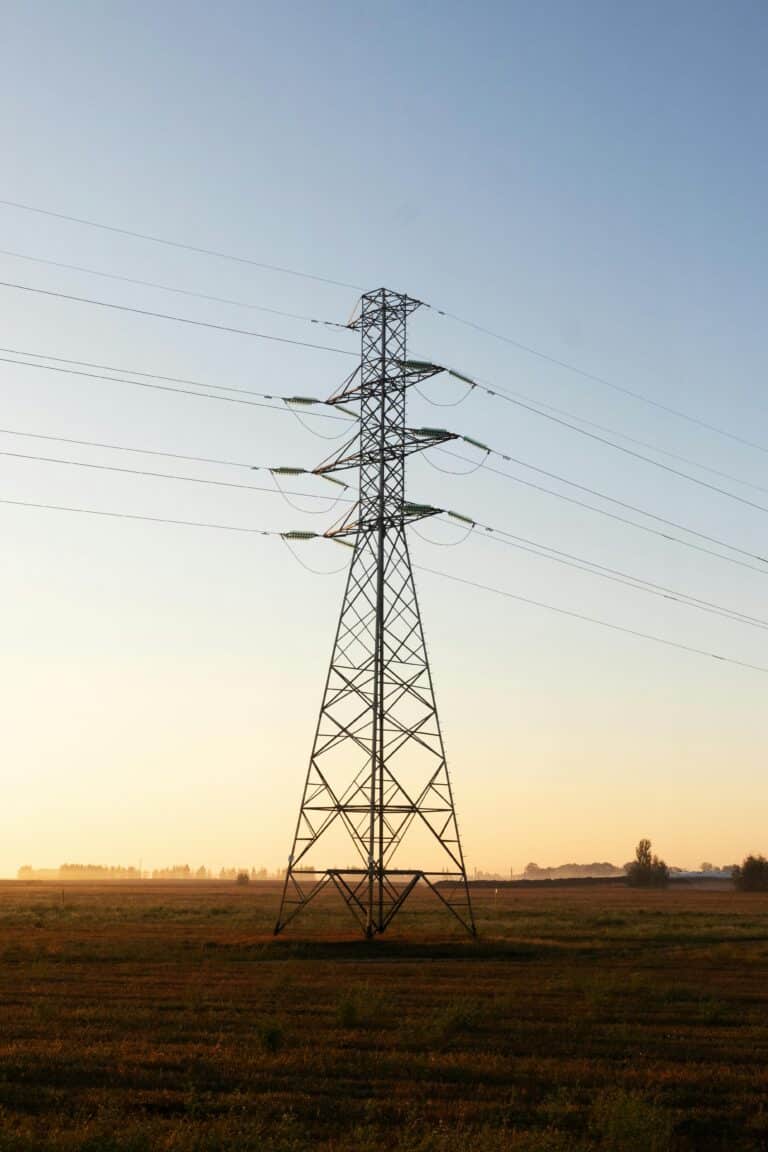TL/DR –
Ohio’s pawpaws are getting the raw end of the climate deal — tiny, bitter, and dropping early thanks to that scorching heat and unpredictable weather. It’s like Mother Nature decided to make a fruit salad but forgot the sugar. Meanwhile, poor Valerie Libbey’s pawpaw trees are showing the stress, but hey, who needs consistent crop seasons when you have extreme droughts and invasive beetles, am I right?
Avocado-sized with a taste like mango and banana, the pawpaw is beloved but rarely in grocery stores due to its short shelf life. The fruit grows from Ontario, Canada, to South Florida. In parts of Ohio, which hosts an annual pawpaw festival, and Kentucky, some growers are reporting earlier harvests and bitter-tasting fruit, likely due to extreme weather from spring freezes to drought.
Valerie Libbey’s orchard in Washington Court House, about an hour from Columbus, is seeing early fruit drops and bitter flavors. This year’s harvest was shorter, with smaller, bitter fruits.
Libbey attributes this to heat-stress but isn’t sure if drought alone or increasingly extreme weather are affecting the fruit.
“Pawpaw growers have to be prepared for more extreme weather. Last year, late spring freezes killed off blossoms. This year, it’s drought,” Libbey said.





